Under the influence of the recent El Nino, the average global temperature in 2023 is expected to break the record set in 2016, making it the hottest year in history, according to the latest monitoring by the National Climate Center (NMC). The news sounds another alarm for countries worldwide before the start of COP28, experts said.
The current moderate-intensity El Nino is expected to last until next spring, according to the NMC. It is predicted that the temperatures in most parts of China from this winter to next spring will be close to or higher than the long-term average. With the occurrence of monthly warmest records since May 2023, it is likely that 2023 will become the hottest year since 1850, analysts say.
The impact of the El Nino phenomenon on China in winter is to bring more rain to the south and a mild winter in the north. The NMC warned that due to the active cold air outbreaks, there will be an increased risk of compound meteorological disasters.
The NMC has released the forecast of the climate trend for this winter and next spring in early November, taking into account the influence of El Nino and other factors in the climate system. According to the forecast, it is possible that low-temperature snow disasters may occur in northern China and the Qinghai-Tibet Plateau, and the demand for heating may be higher than the historical average, resulting in periodic energy consumption peaks.
At the same time, the southern region may experience periodic low-temperature rain, snow, and freezing weather, while central and southern China, northern parts of East China, and southeastern parts of Southwest China may experience periodic low-temperature rain, snow, and freezing weather. This may have a significant impact on power transmission lines, energy transportation, and transportation, and there is a higher risk of crop damage due to periodic strong temperature drops.
However, the likelihood of a prolonged and widespread low-temperature rain, snow, and freezing similar to that in early January 2008 in the southern region is small, according to the NMC.
Petteri Taalas, the secretary-general of the World Meteorological Organization, said that the impact of El Nino on global temperatures usually becomes evident in the second year after its occurrence, "Next year could be even hotter."
This news is expected to sound the alarm for countries worldwide once again, Ma Jun, director of the Beijing-based Institute of Public and Environmental Affairs, told the Global Times on Sunday.
"Currently, global temperatures are generally on the high side and are increasing in fluctuation," he said. "If we want to control temperature rise, the international community must make significant efforts to reduce emissions."
However, over the past two years, global greenhouse gas emissions have not only failed to decrease but have been increasing year by year, which is unfavorable news.
On the positive side, countries are making active efforts to reduce emissions. For example, China just released a control plan for methane emissions.
This plan is very important, Ma said, because methane has a significant impact on the greenhouse effect, and it has a relatively short lifespan in the atmosphere. Therefore, if China can greatly reduce methane emissions, it can have an important effect on preventing global temperature rise in a short period of time.
In addition, the climate envoys of China and the US have reached positive consensus in recent meetings, which will also contribute to more consensus being reached at COP28, Ma said.
COP28 will be held in Dubai, UAE, from November 30 to December 12. At that time, the parties are set to understand the progress of climate actions by all parties and identify gaps to assess the overall implementation of the Paris Agreement. COP28 is expected to adopt a resolution on the inventory results and the direction of future climate actions, which may include new commitments from governments.
In July, the host country of COP28 announced that the summit will focus on four "paradigm shifts," namely accelerating the transition from fossil fuels, achieving a shift in climate financing, emphasizing the role of humans and nature in climate action, and ensuring inclusiveness in the summit.









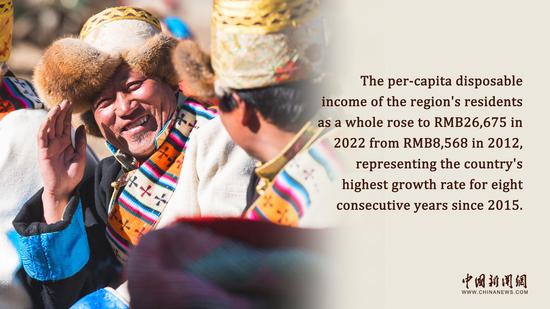

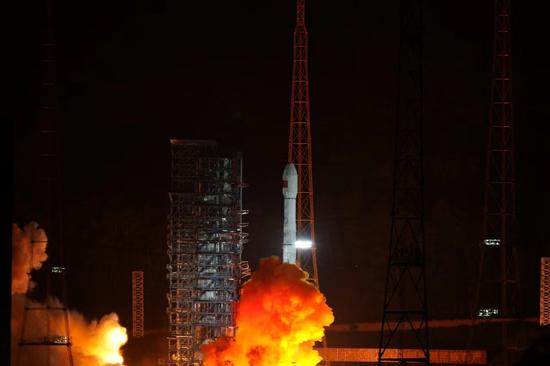




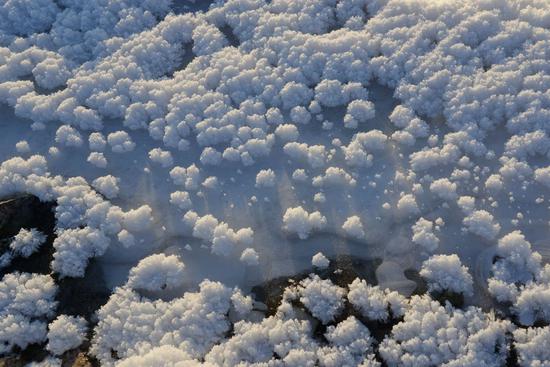
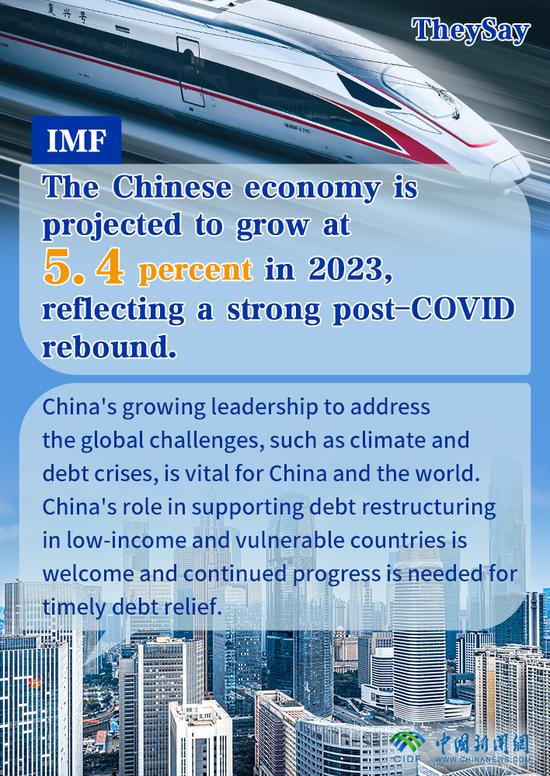







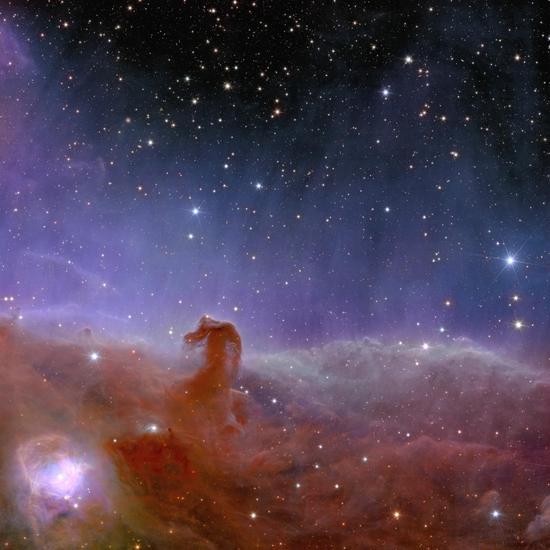


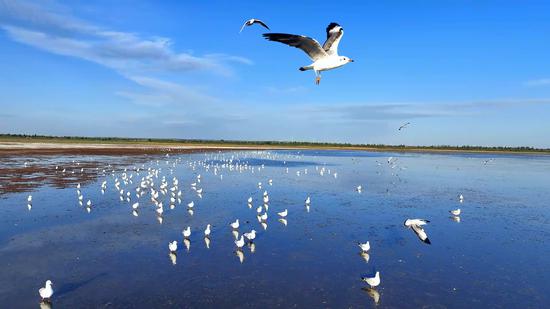
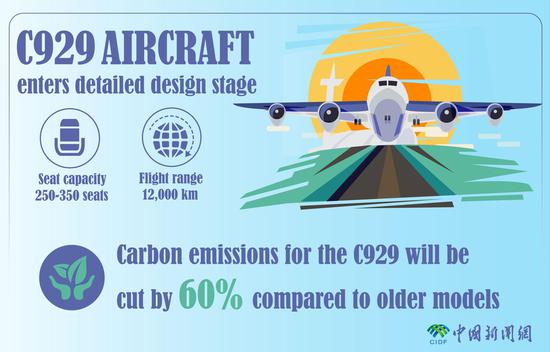

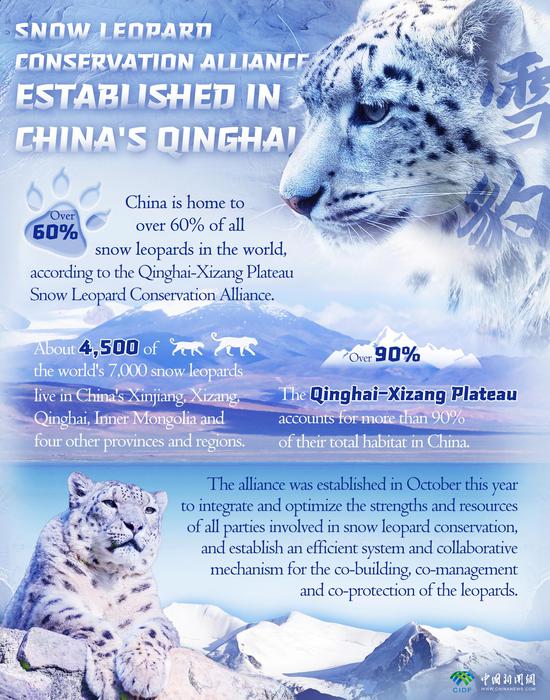
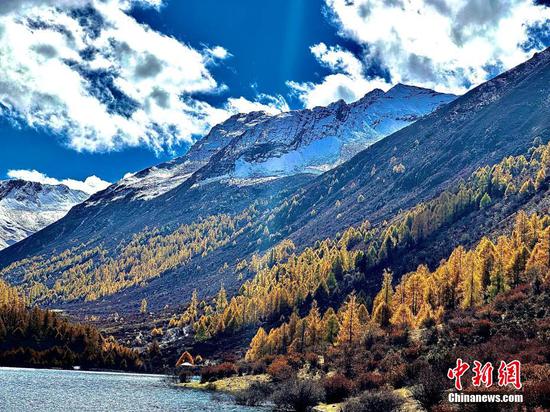




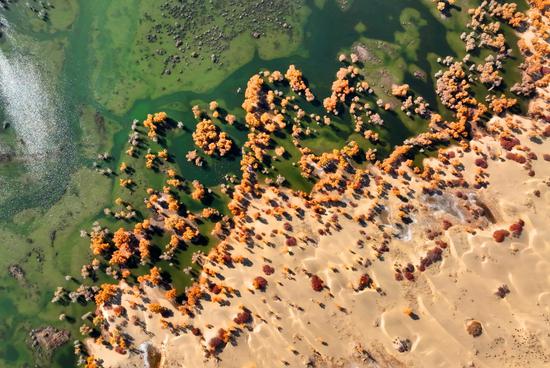
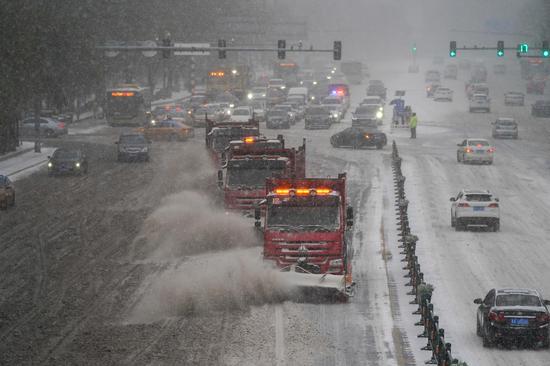











 京公网安备 11010202009201号
京公网安备 11010202009201号